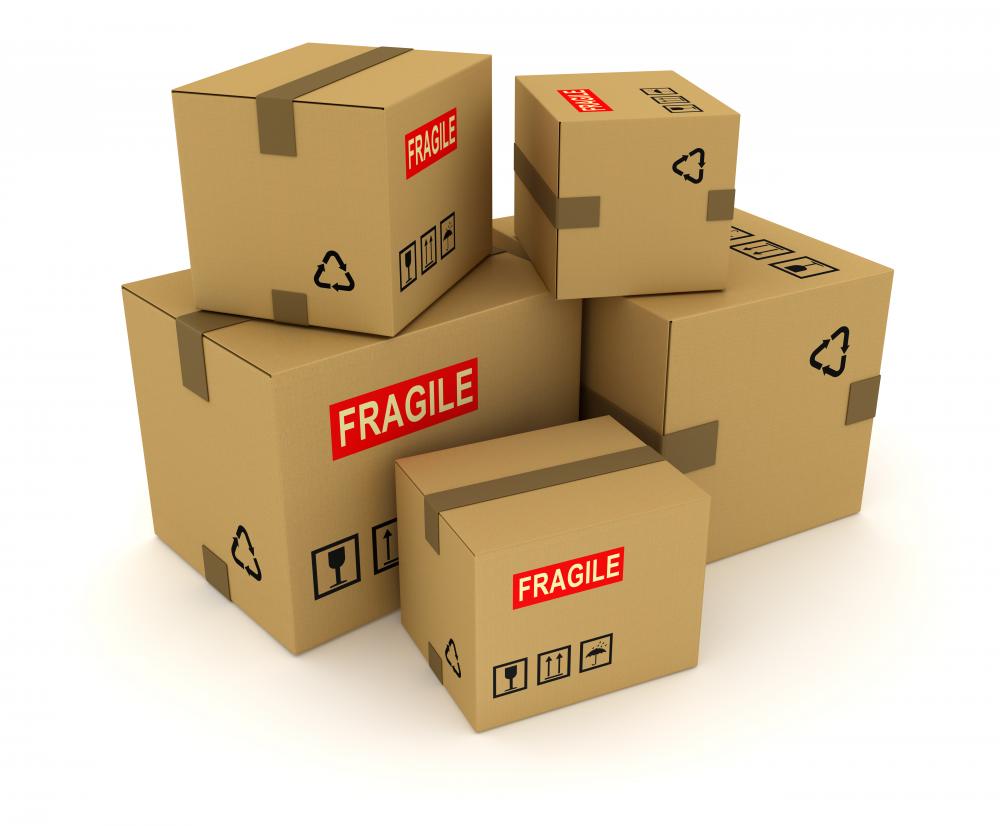Does China have quality control?
Indeed, China has a well-established system of quality control processes. Despite common misconceptions, quality control in China is robust and integral to its manufacturing landscape. As an expert in this field, I can tell you that China implements strict quality standards and inspection protocols. Factories across various sectors–from electronics to textiles–adhere to international standards such as ISO 9001. However, achieving desired quality often requires the involvement of an experienced partner like China Performance Group, which understands the nuances of local regulations and can effectively manage quality assurance processes. This ensures that products meet both local and international expectations. Have you considered how a dedicated quality control partner could streamline your sourcing strategy and enhance product reliability?
What are the quality standards in China?
Quality standards in China are aligned with international benchmarks, including ISO 9001, which emphasizes a systemic approach to quality management. Manufacturers aim to comply with these standards to guarantee that their products meet global market requirements. The Chinese government also has its own set of national standards, known as GB (Guobiao), which apply to specific industries and products. Working with a partner like China Performance Group ensures that these standards are met consistently, as we conduct thorough inspections and monitor compliance. For businesses looking to source from China, it’s crucial to be aware of these standards and work with suppliers who prioritize quality compliance.
What are the 4 types of quality control?
The four types of quality control typically involve inspection processes that ensure product standards are met from start to finish. These include pre-production inspection, during production checks, final random inspection, and loading supervision. Each stage plays a vital role in maintaining the quality and consistency of your product. For instance, pre-production inspection verifies that materials meet specifications before manufacturing starts, while during production checks ensure that the process remains on track. With China Performance Group’s expertise, we ensure that these procedures are seamlessly integrated into your supply chain, allowing you to deliver products that meet or exceed customer expectations. How do you currently ensure quality across different stages of your supply chain?
Does China have good quality?
Absolutely, China is capable of producing high-quality goods. The quality of products manufactured in China can vary significantly depending on the factory, the industry, and the quality control measures in place. Many misconceptions about poor quality originate from past experiences where quality assurance was not adequately managed. At China Performance Group, we address these misconceptions by ensuring that products sourced from China meet rigorous quality standards. By selecting reputable manufacturers and implementing comprehensive quality assurance checks, companies can achieve exceptional quality, often surpassing international expectations. It’s essential to work with partners who understand the local market and have the experience to navigate potential pitfalls.
How do quality control challenges impact sourcing in China?
Quality control challenges can significantly impact sourcing in China, affecting everything from production timelines to brand reputation. Factors such as the diversity of manufacturing facilities, language barriers, and the prevalence of counterfeit products pose unique challenges. As a sourcing expert with China Performance Group, I’ve encountered cases where these issues led to delays and increased costs. However, with a proactive approach, involving consistent inspections and establishing clear communication channels, these challenges can be mitigated. Businesses need to understand the cultural and regulatory landscape to ensure a smooth and successful sourcing experience. What strategies do you use to overcome potential quality control challenges when sourcing from international markets?


